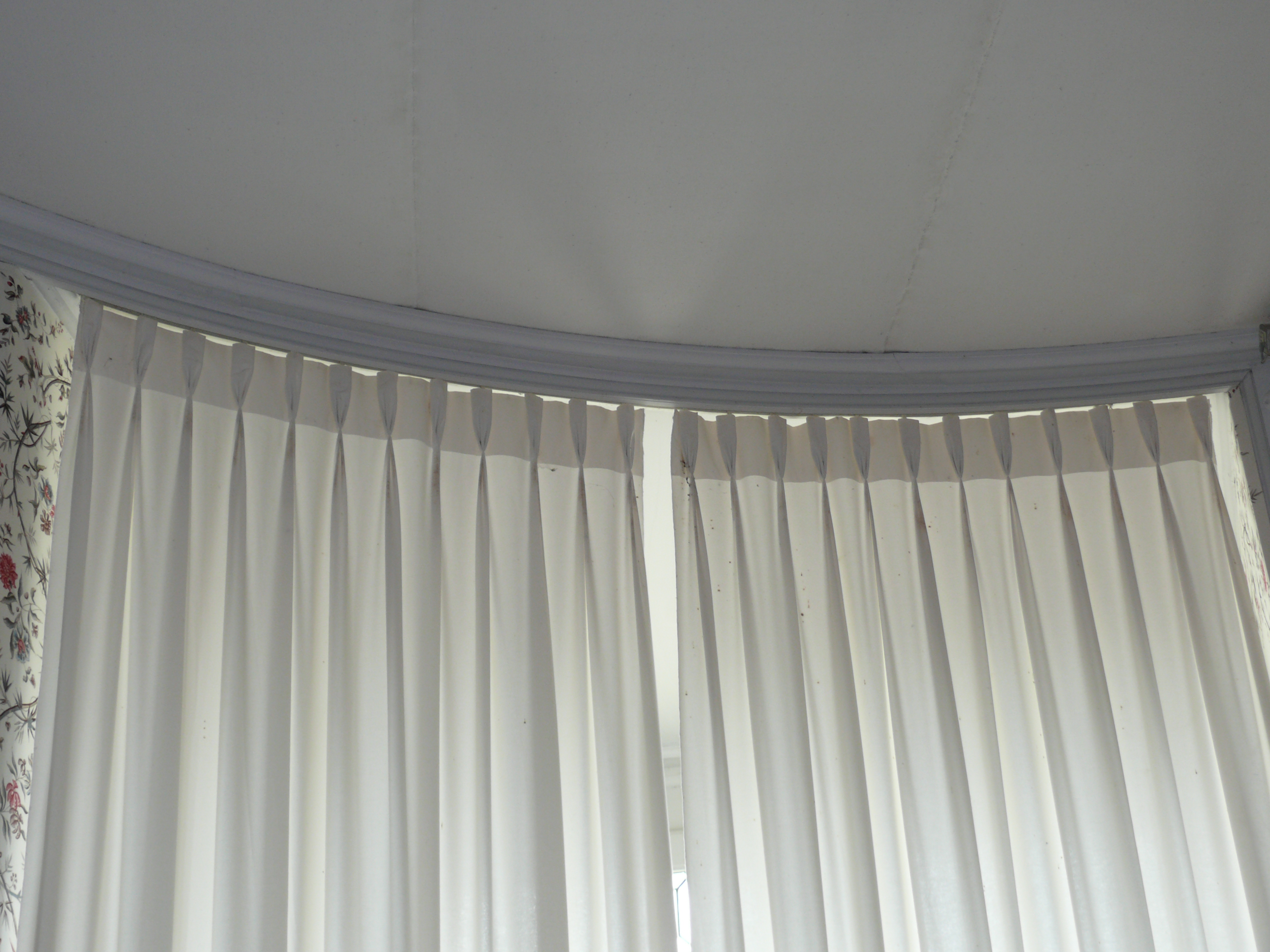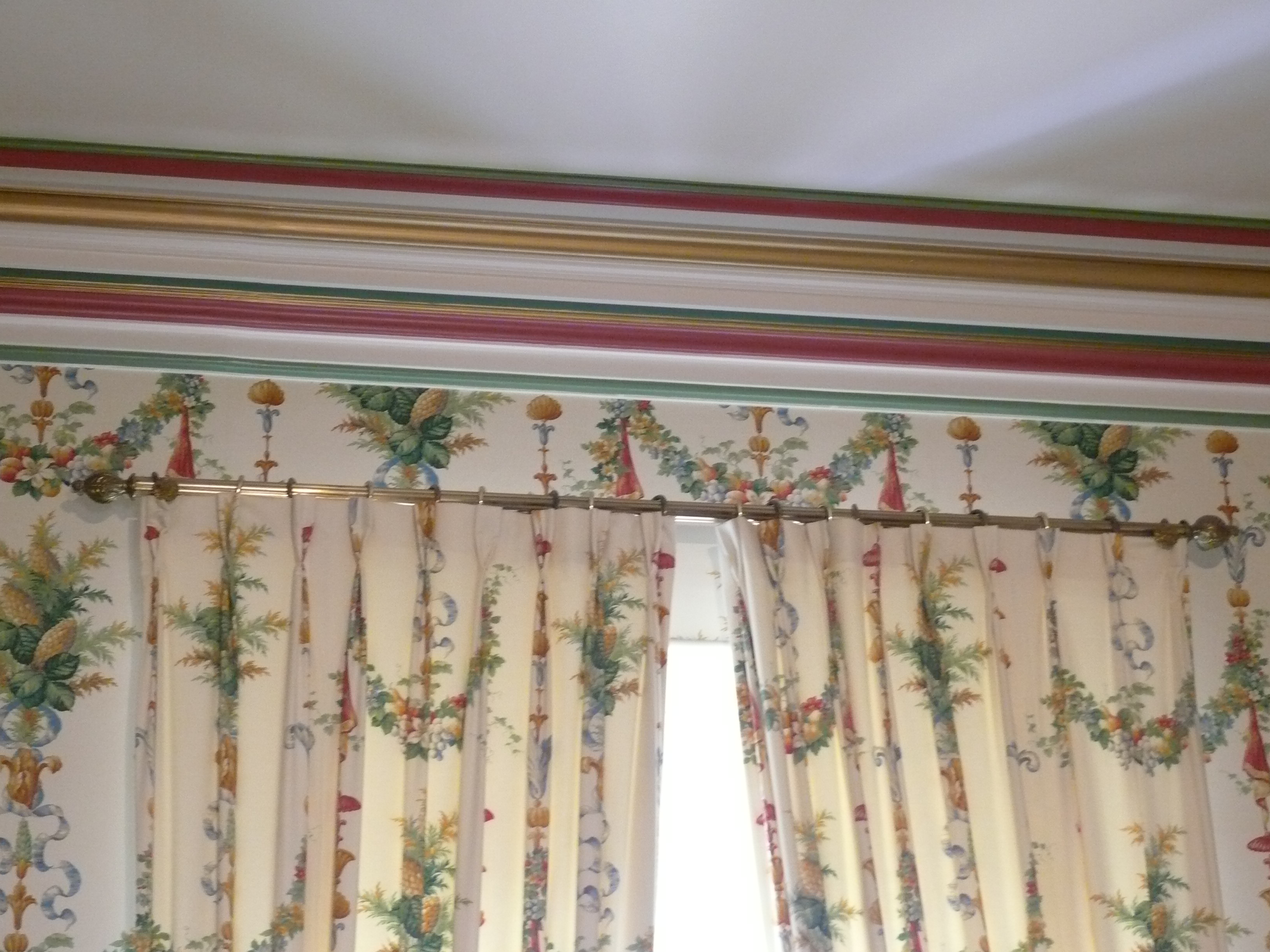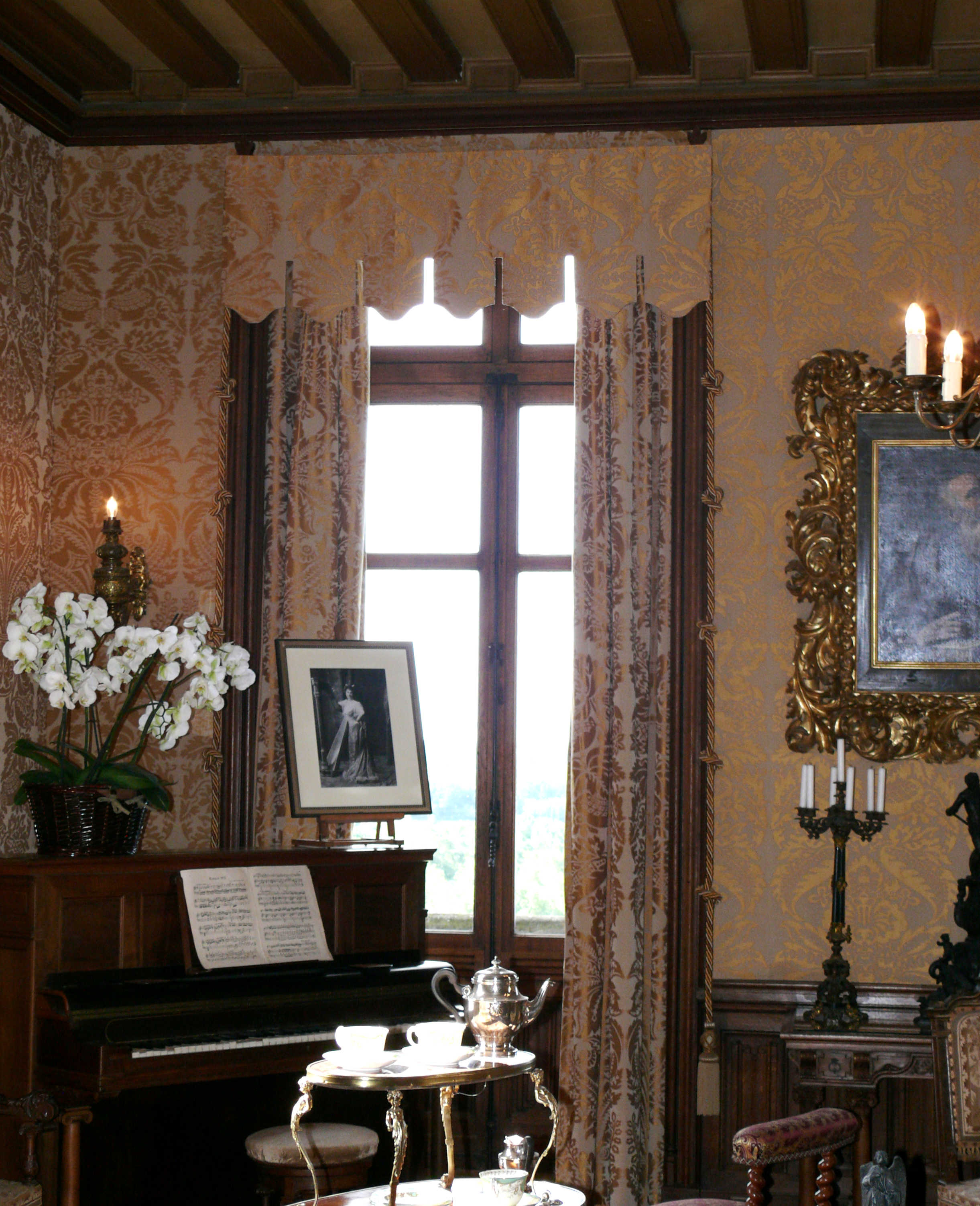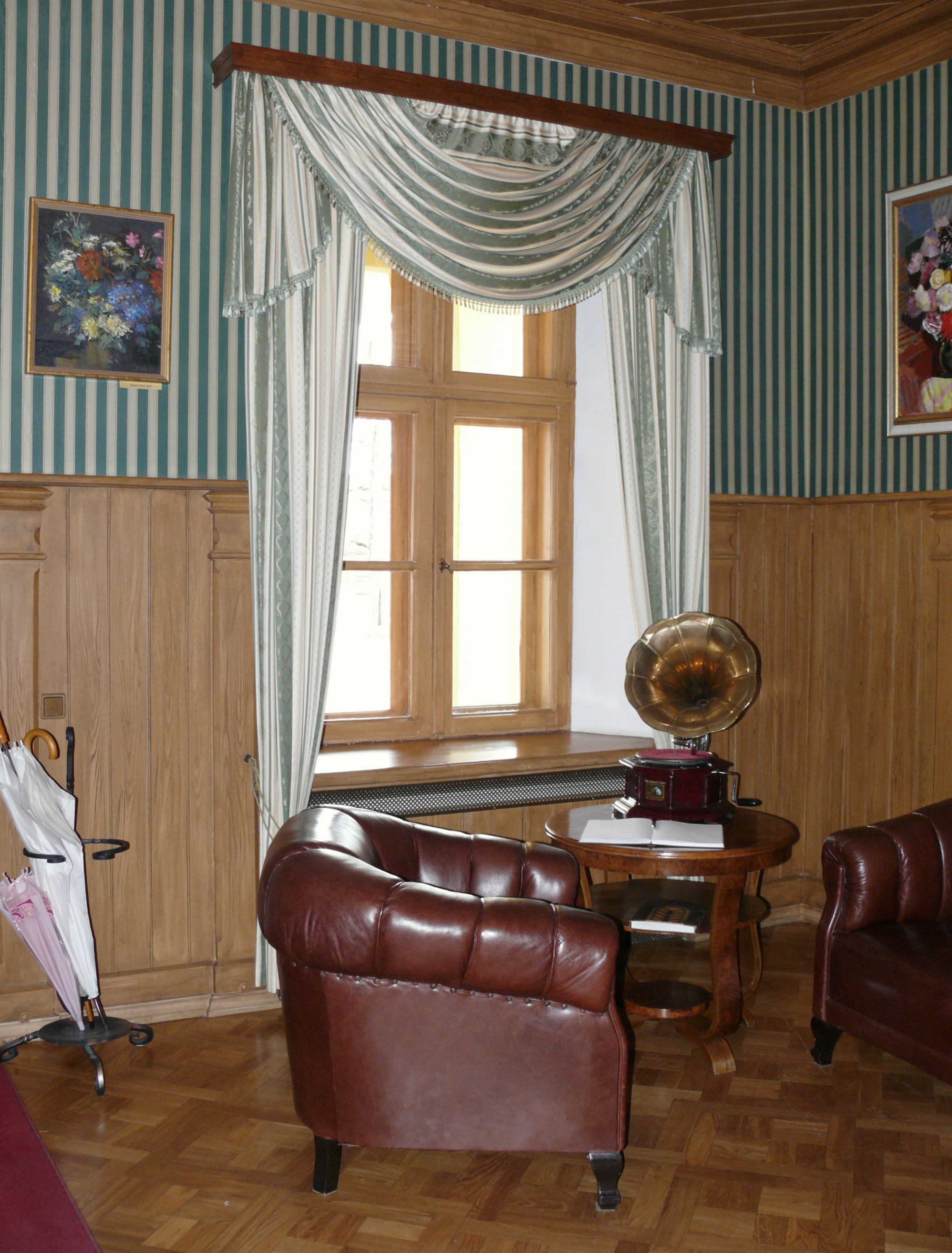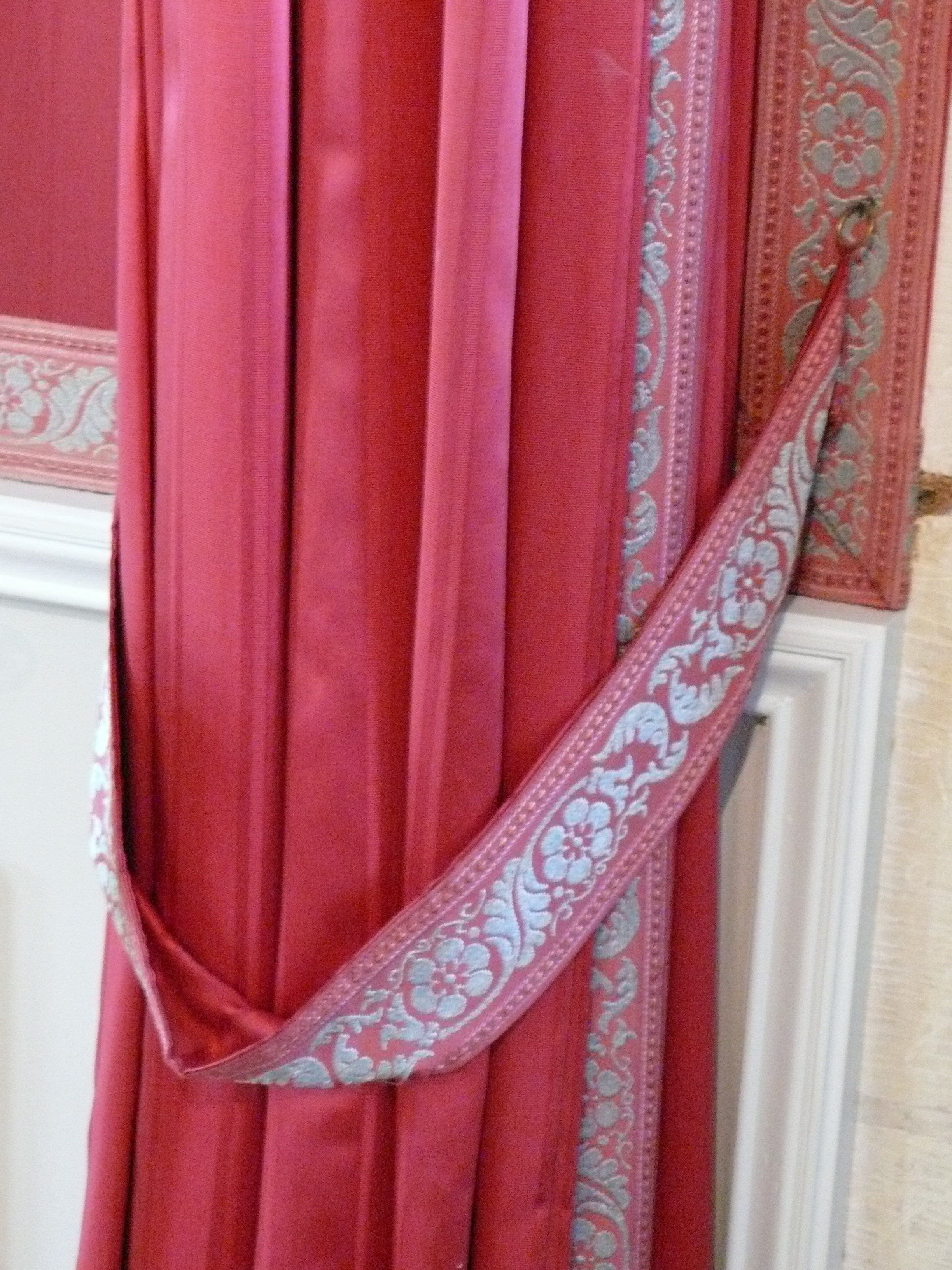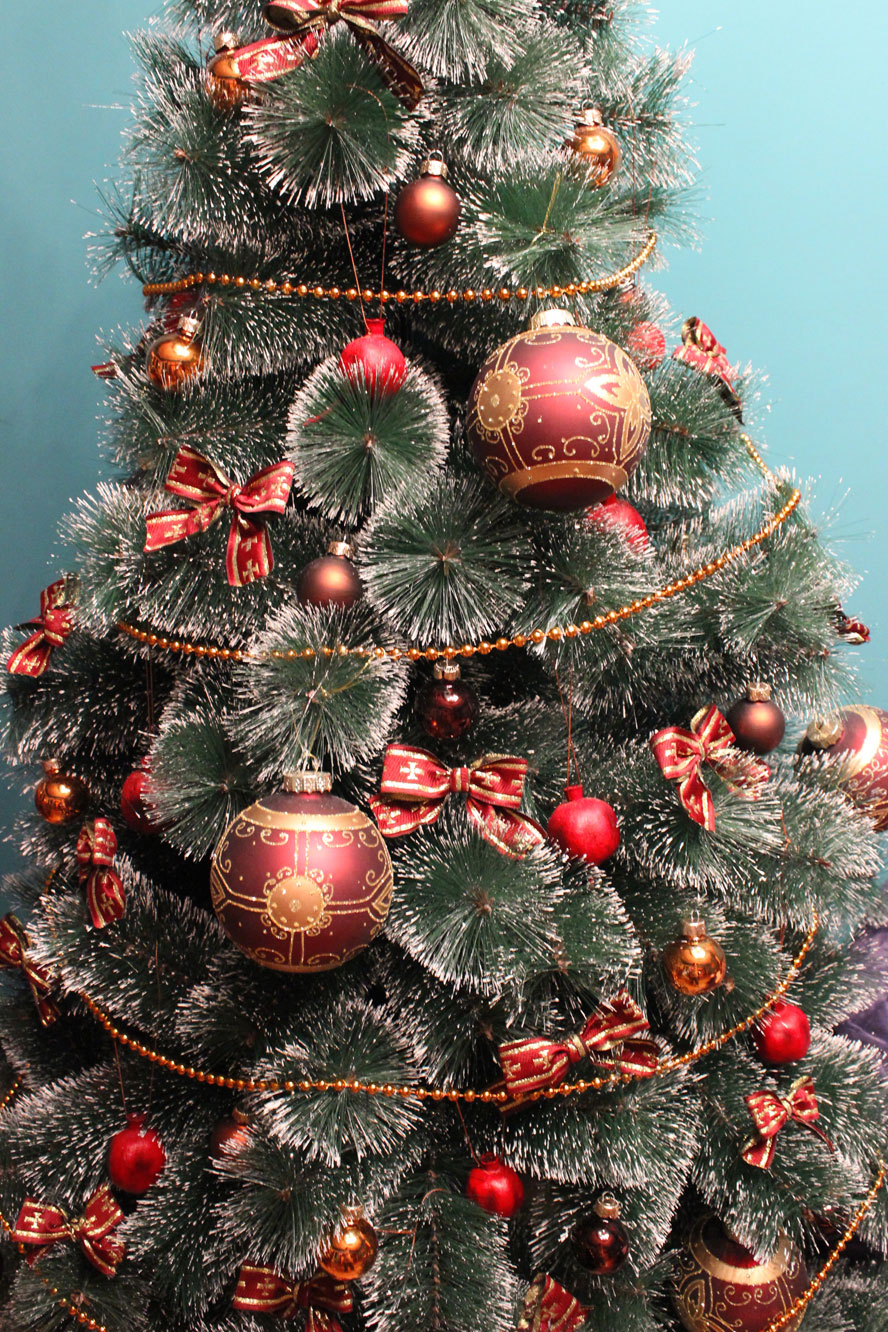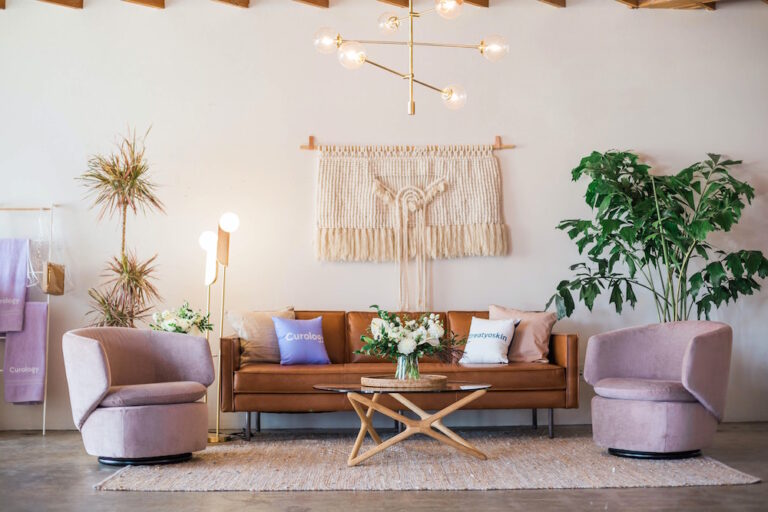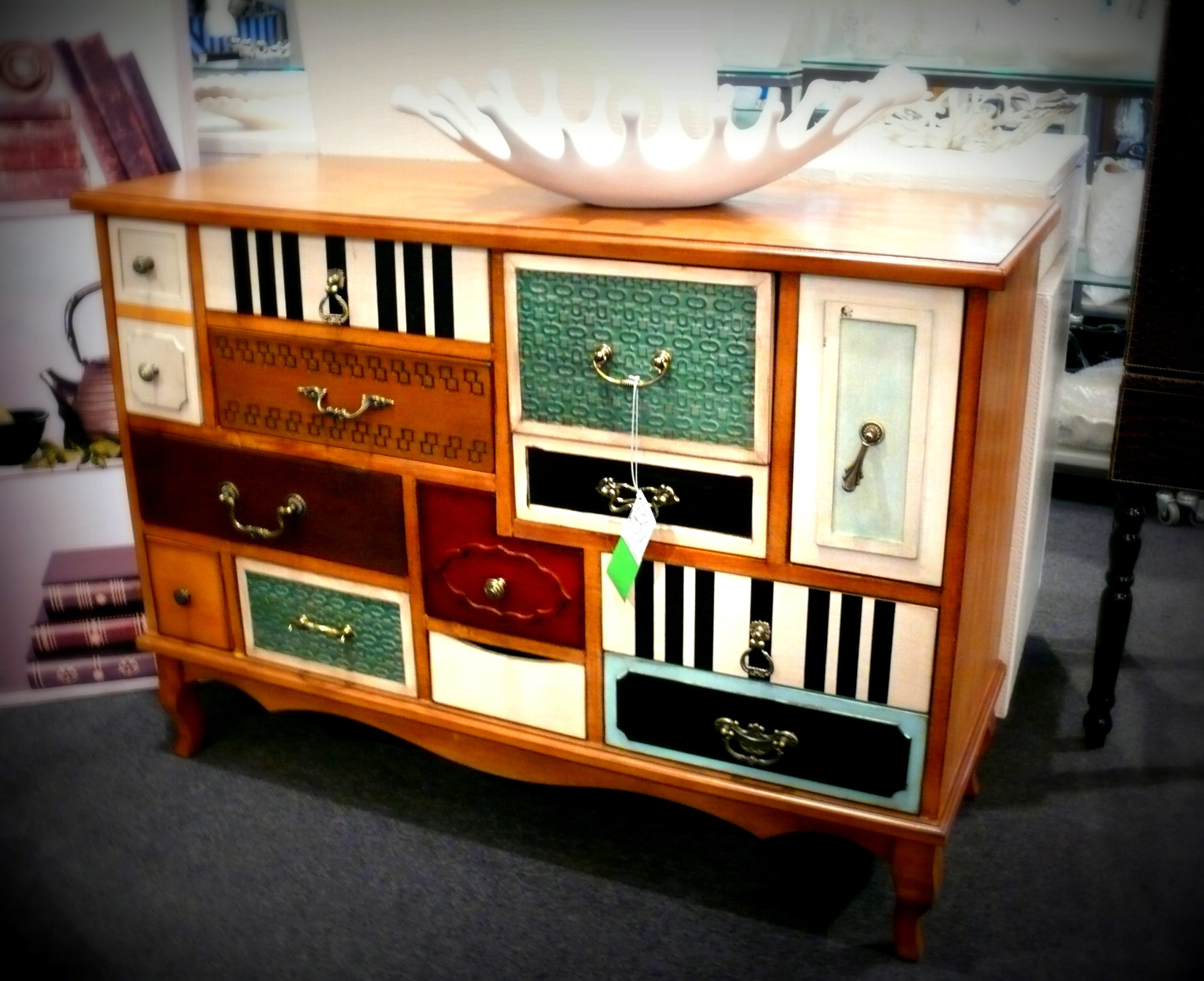History Of Styles: Window Treatments
Hello, hello my history of styles followers! Today we tackle a very important topic that you definitely shouldn’t miss: window treatments. We shall talk about different types of curtains and blinds and which interior styles they fit most, accessories and useful terms that every interior designer should know, and as usually, a bit of historical background.
I believe I shouldn’t tell you that window treatments play a crucial role in Interior Design: this you know without me. They are able to drastically change the look and atmosphere of the whole space. The role of interior designer in that case is not only to select the right colour of fabric to fit the palette of the room, but also, and which is more important, to choose the appropriate style for that particular interior.
So if you want to study this subject in depth, grab a cup of coffee or tea, a note pad and a pen to take notes and let’s get it started!
For easier navigation all the terms are mentioned in alphabetical order.
Austrian blinds represent a combination of two popular types of blinds – Festoon and Roman. From Festoon blinds they have inherited sumptuous and bunched look while Roman blinds gave them simplicity and neatness of mechanism. Austrian blinds appeared in the XVIII century on the base of Festoon blinds. These curtains have become fashionable at the Austrian court, which was famous for its grandeur and splendour.
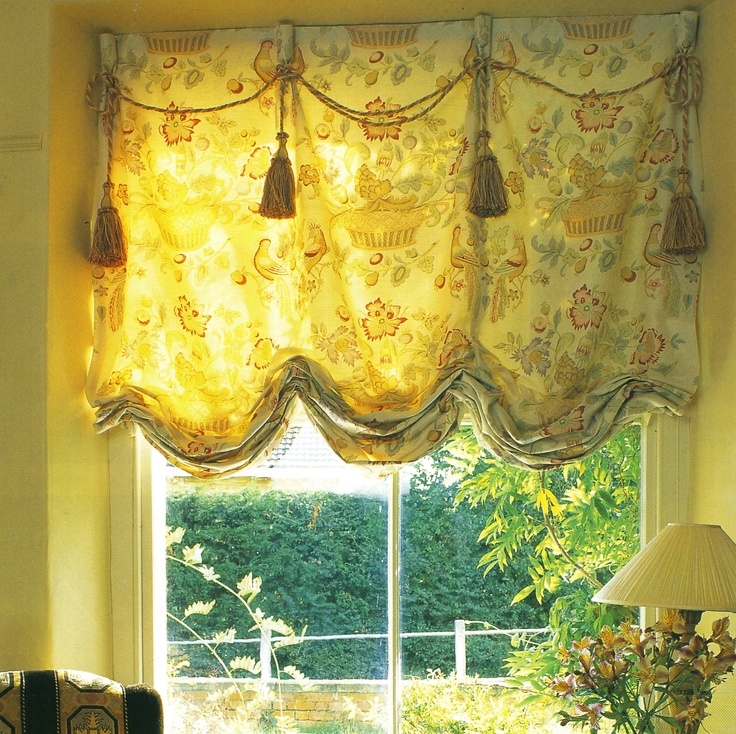
Eyelets is a very contemporary curtain heading where metallic eyelets are fixed on the top of curtains which allow to move them freely on a pole. Use them if you want to create uncluttered and minimalistic look:
Festoon blinds is a type of shade when fabric is gathered horizontally into semicircular folds (festoons) from bottom to top. They got popular in the whole of Europe in the XVIII century after they were used for decoration of the royal palaces of Louis XIV.
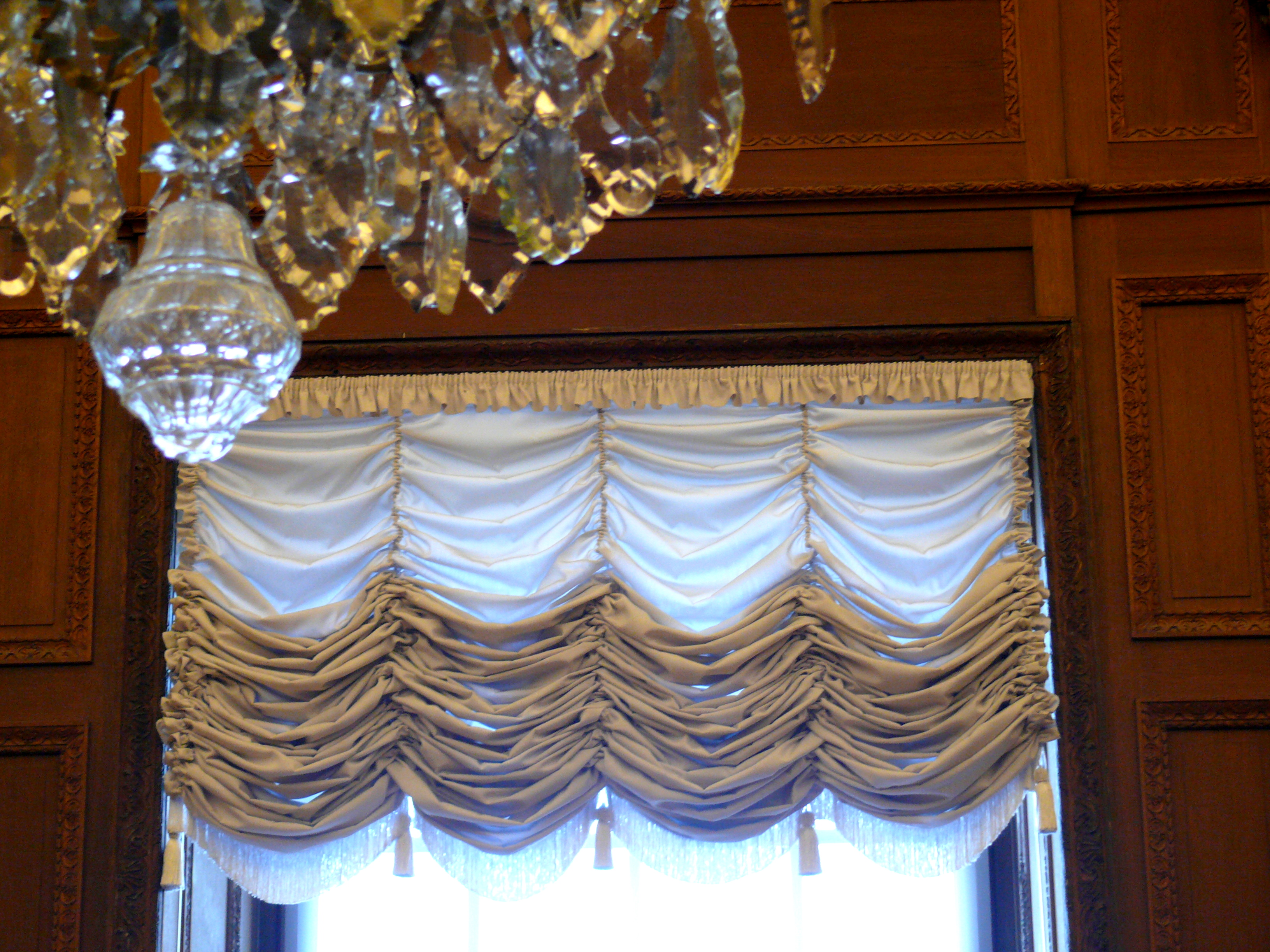
French pleats refer to a curtain top decor when three pleats are stitched together:
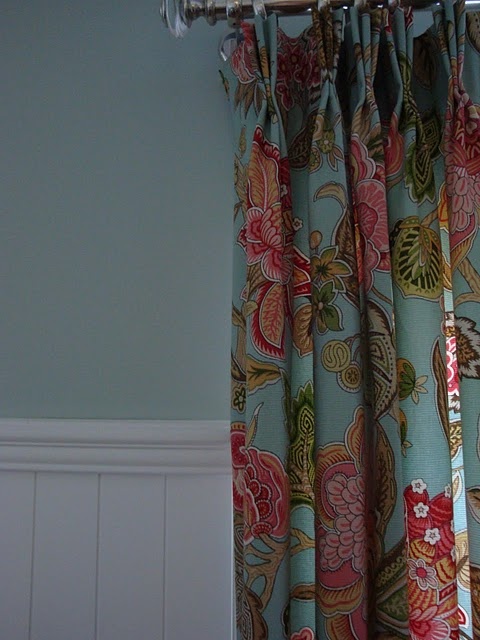
Goblet pleats are made in the shape of cup or goblet. This is another type of decorating the top of curtain:
Holdbacks are metallic or wooden fixtures that keep the curtain clear of window:
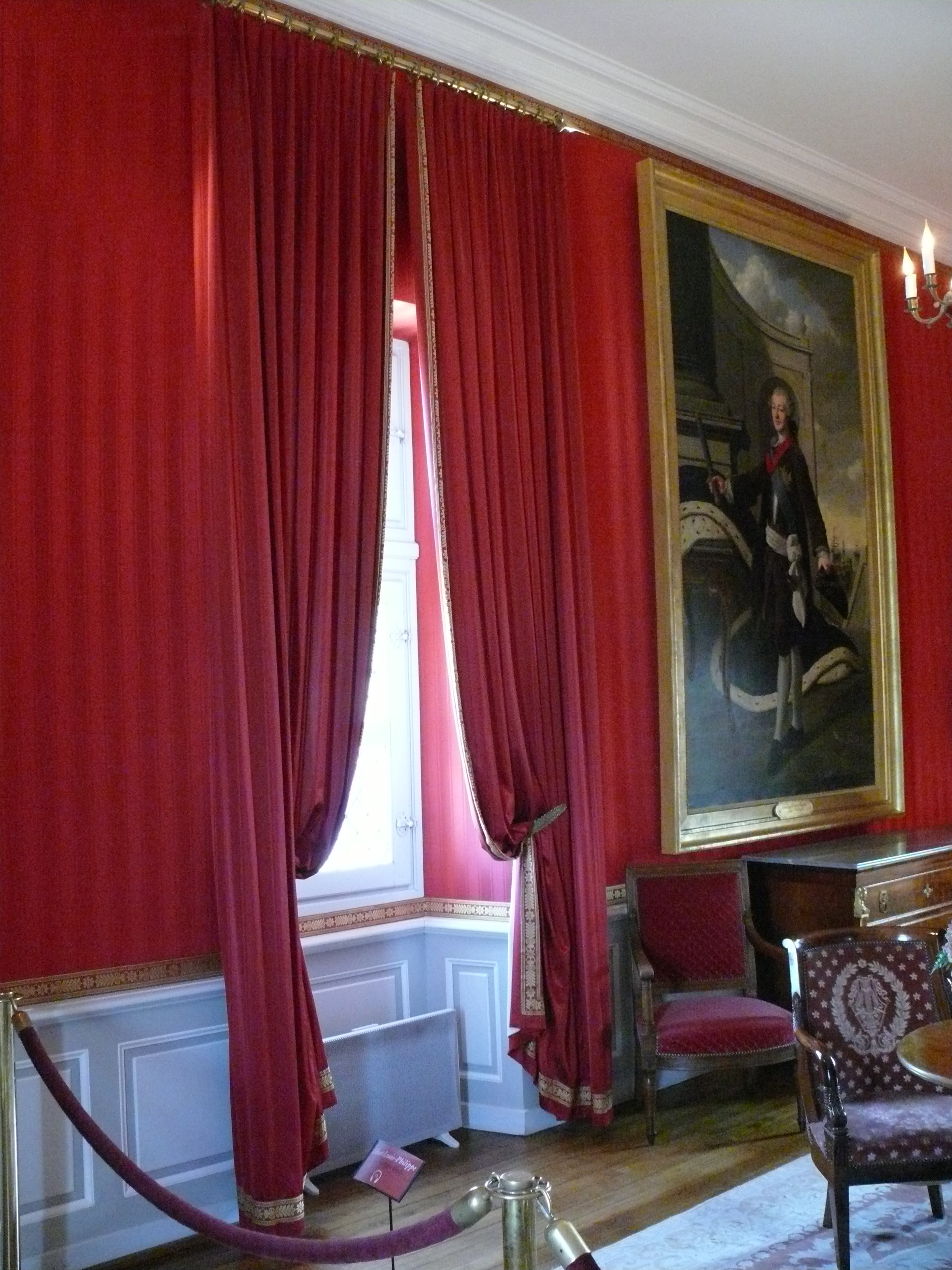
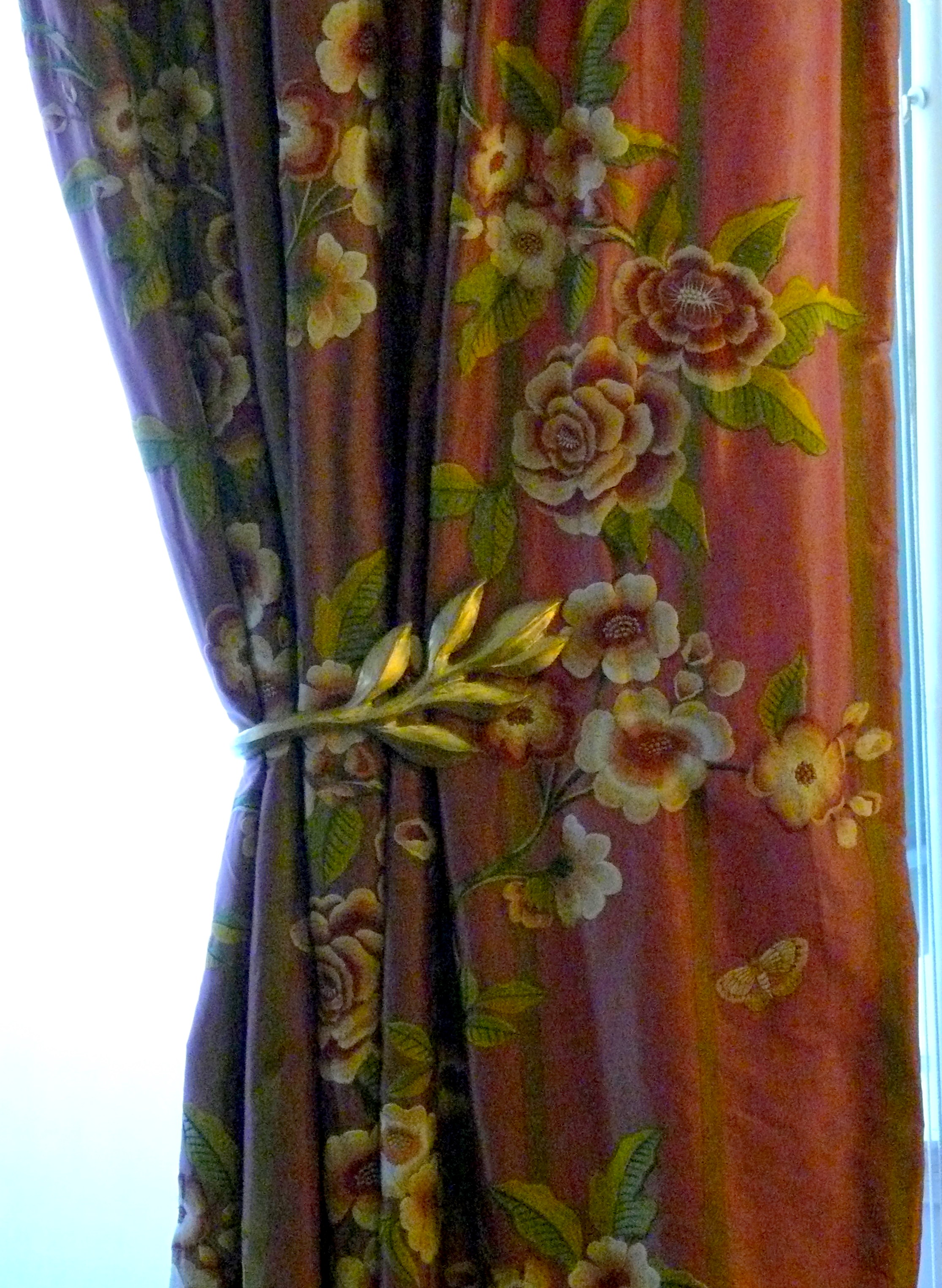
Lambrequin is a type of pelmet but with elongated sides. History of pelmets and lambrequins starts in the 15th century during “Renaissance” period. At that time lambrequins were richly decorated with fringes and tassels. Originally lambrequins were used to decorate the bed, and later on they were applied on windows.
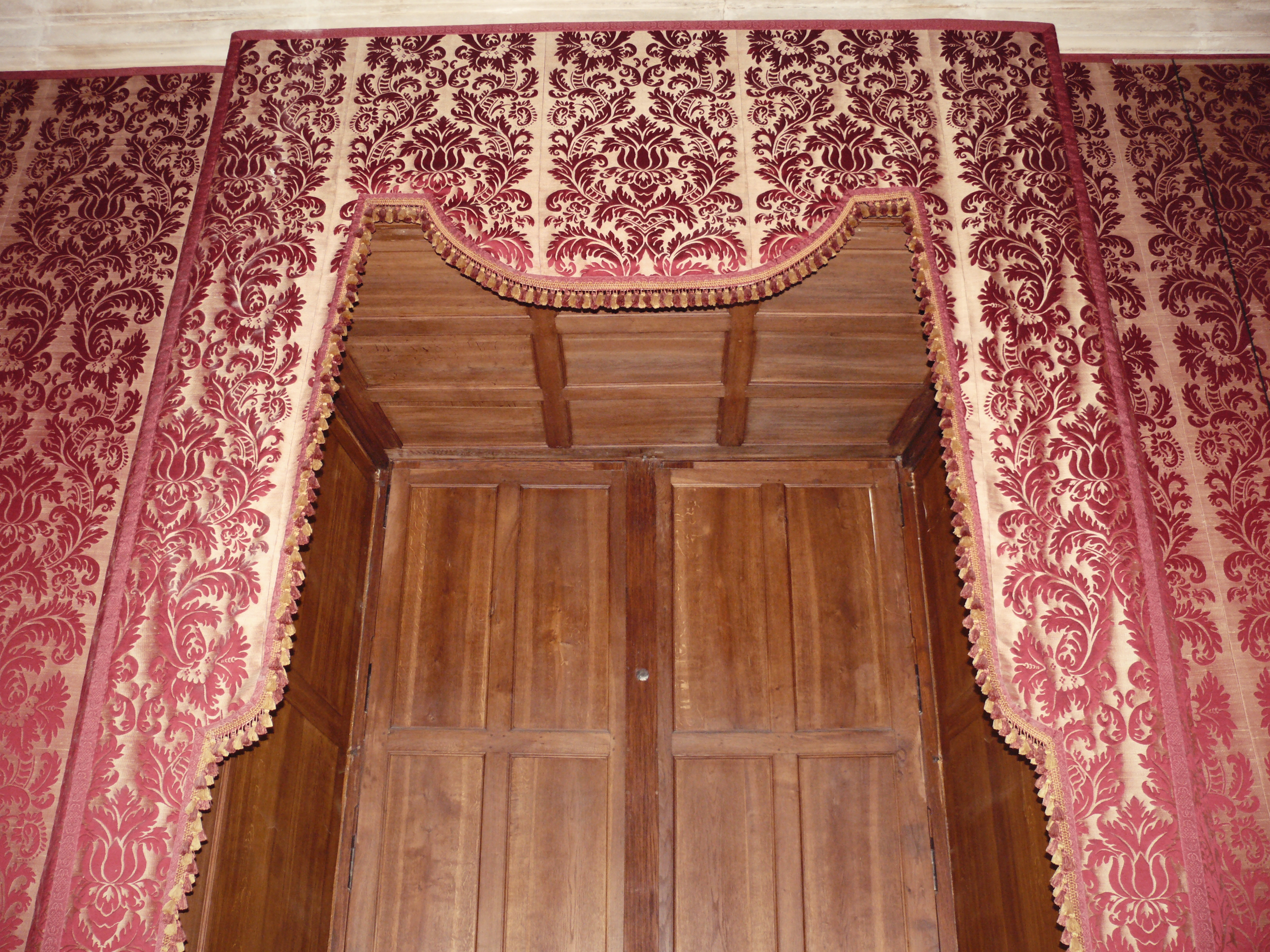
London blinds resemble Austrian blinds but have more formal look. They can be pulled up and down with cords, which are attached to the back side of the shade. Modern London curtains do not differ too much from those that were used in the houses of wealthy people in London few centuries ago. Fabric, patterns and control system remained almost the same.
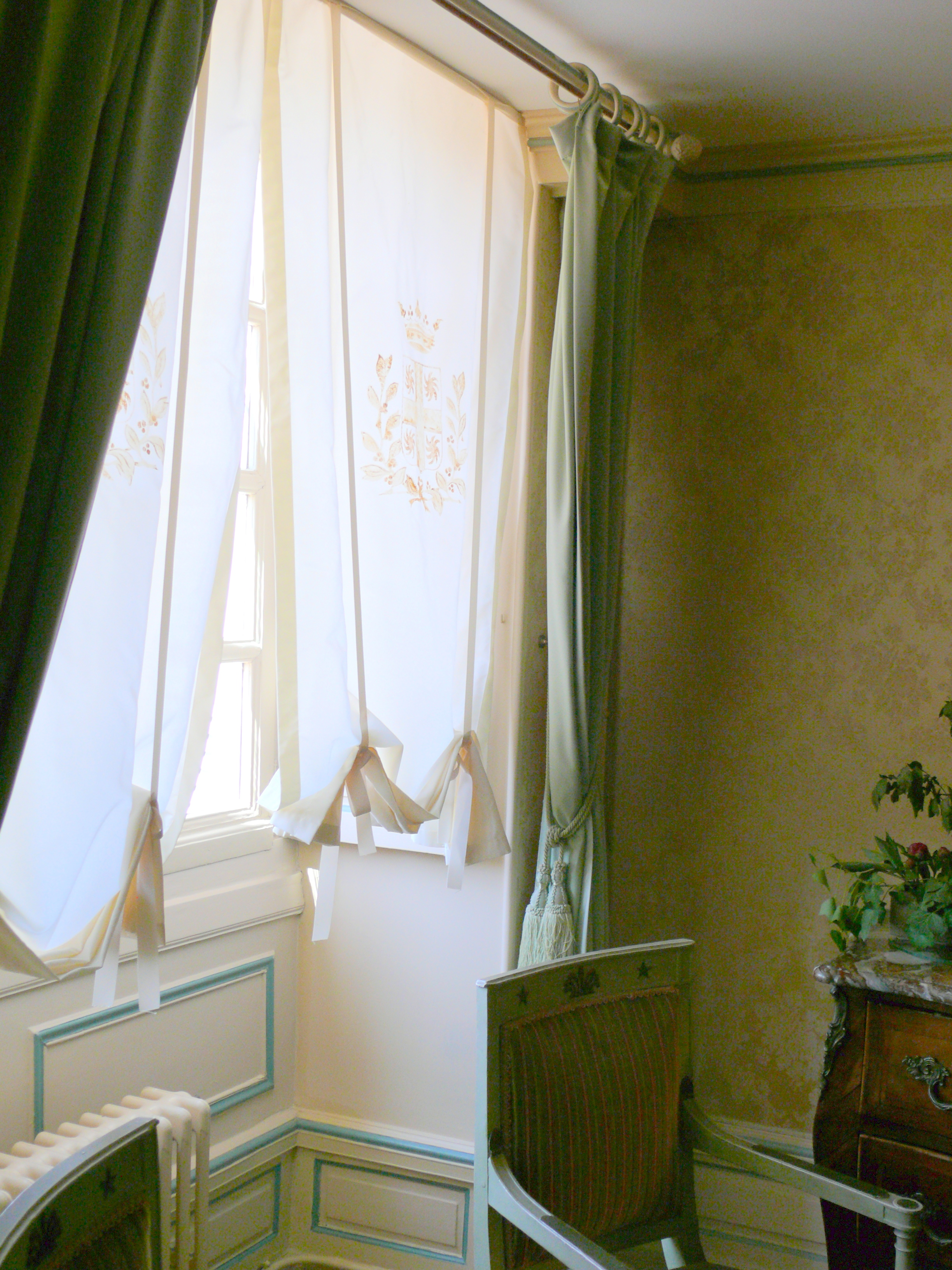
Pelmet is a decorative board above the curtain usually slightly padded and upholstered. Sometimes it can be made of reinforced fabric. Pelmets have very formal and uncluttered look and are mostly suitable for traditional style interiors.
Pencil pleats is one of the most common headings of curtains and are made by means of special pencil-pleat tape:
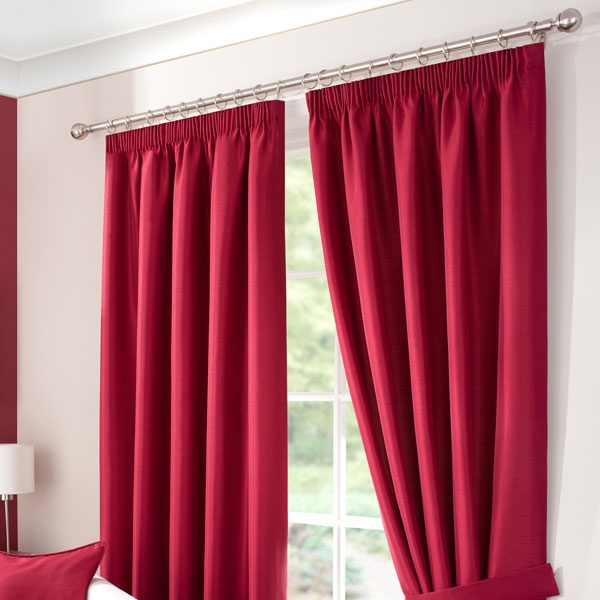
Roman blinds represent a flat piece of fabric which can be lifted up by means of strings and rods forming horizontal folds. Roman blinds were invented few thousands years ago in Rome and that’s how they got their name. Their appearance and mechanism remained almost unchanged since that time. This is explained by their uncluttered elegant look and simplicity of the working system.
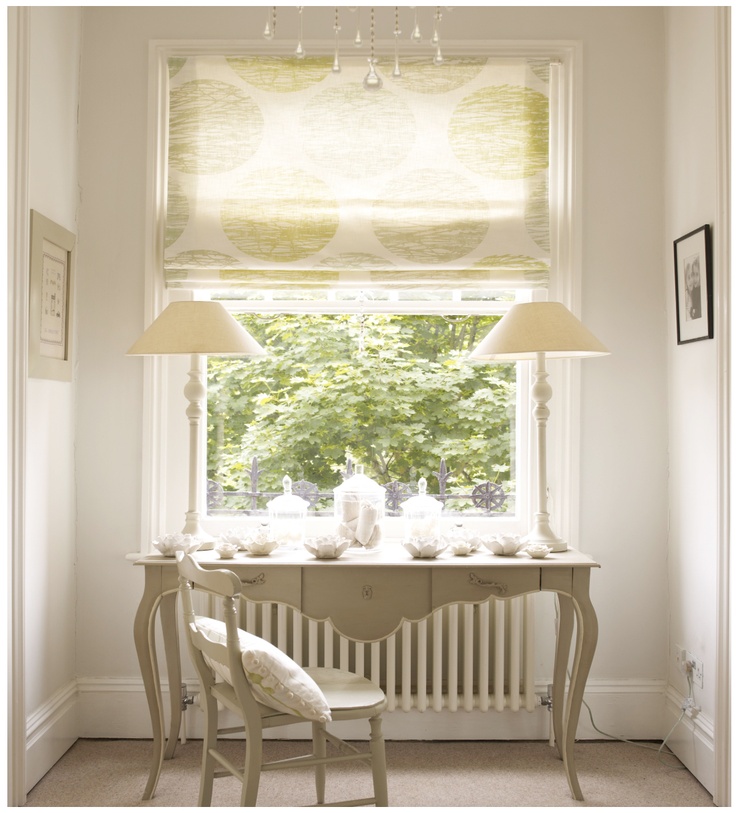
Scalloped heading is a type of modern window treatment style when the distance between eyelets or tabs is shaped into scallops:
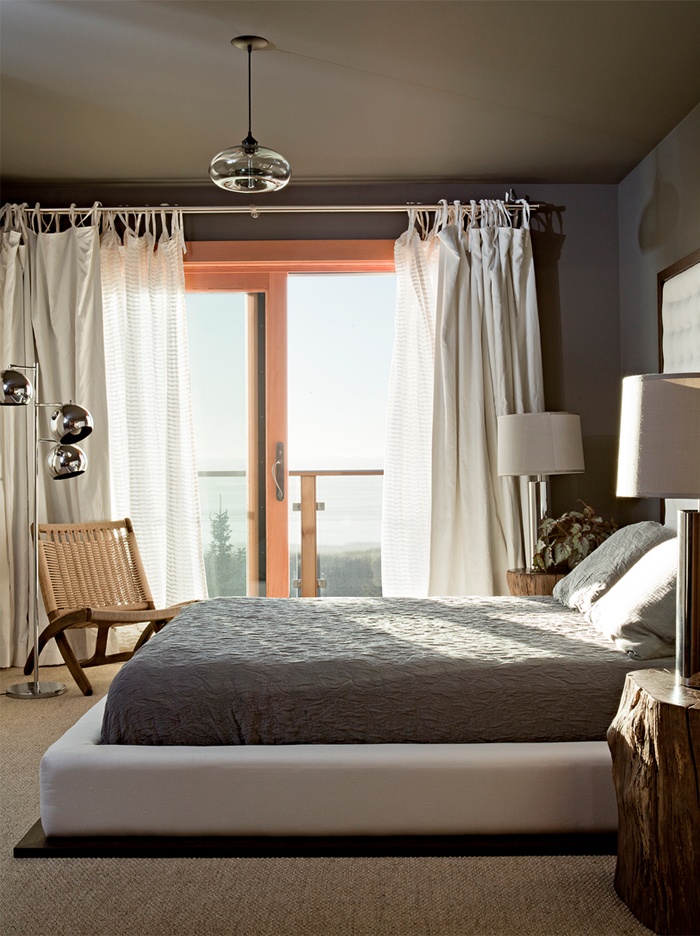
Smocked headings is a type of heading with diamond-shaped ornament. It is mostly used in traditional or country style interiors:
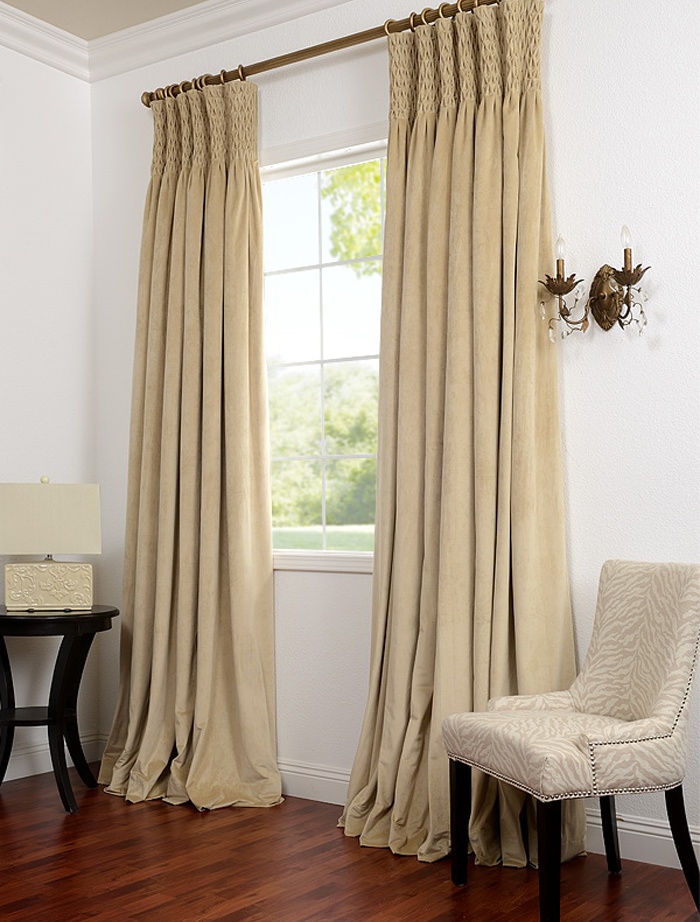
Swags and tails is perhaps the most formal and traditional type of window treatments and you can often meet them in the historic buildings. They can vary from a single swag hung and draped above the curtain rod or several multilayered pieces of fabric. They are often complimented with decorative fringes and braids.
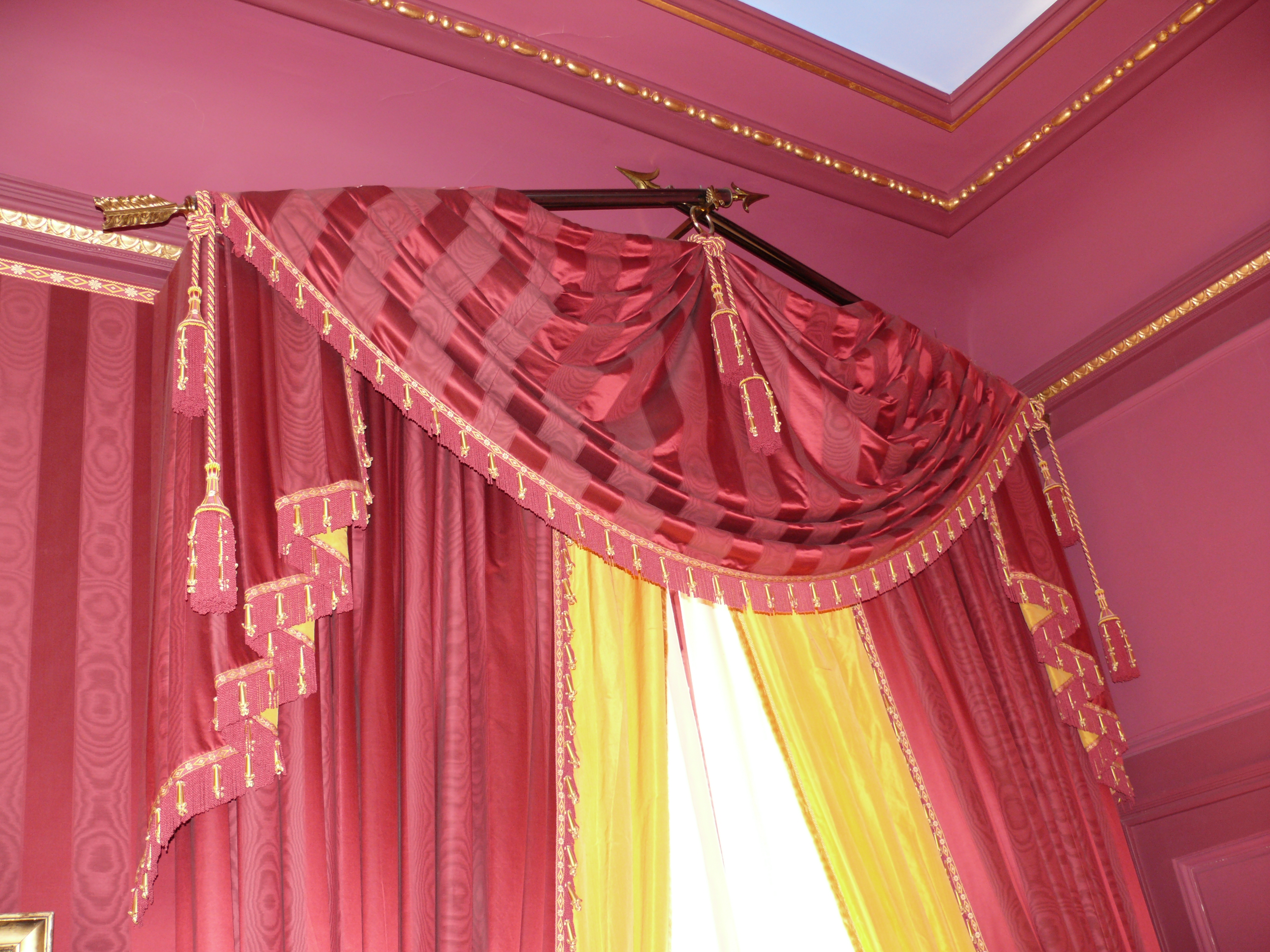

Tab heading is a very contemporary type of curtain heading, which is very easy to make by sewing tabs directly onto the curtain. Unfortunately this type of window treatment has become a bit overused due to the mass production of it by large home decor chain stores.
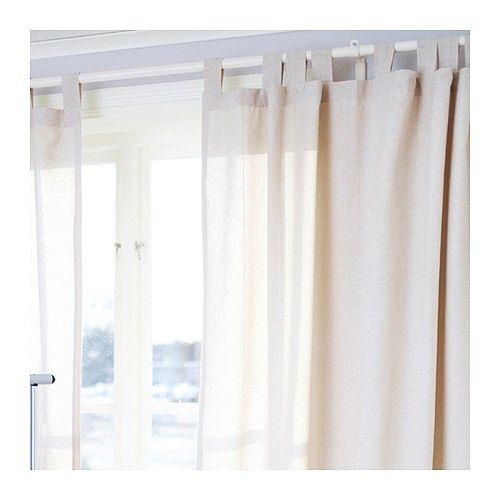
Tiebacks are intended to keep the curtains clear of window. They are usually made of highly decorated piece of fabric, ribbon or rope.
Valances is decorative treatment above the window made of soft fabric, usually interlined. The look like mini-curtains and can be used separately (which is a good solution for dark rooms) or as a heading for long curtains. Have very informal look and usually used in country style interiors.
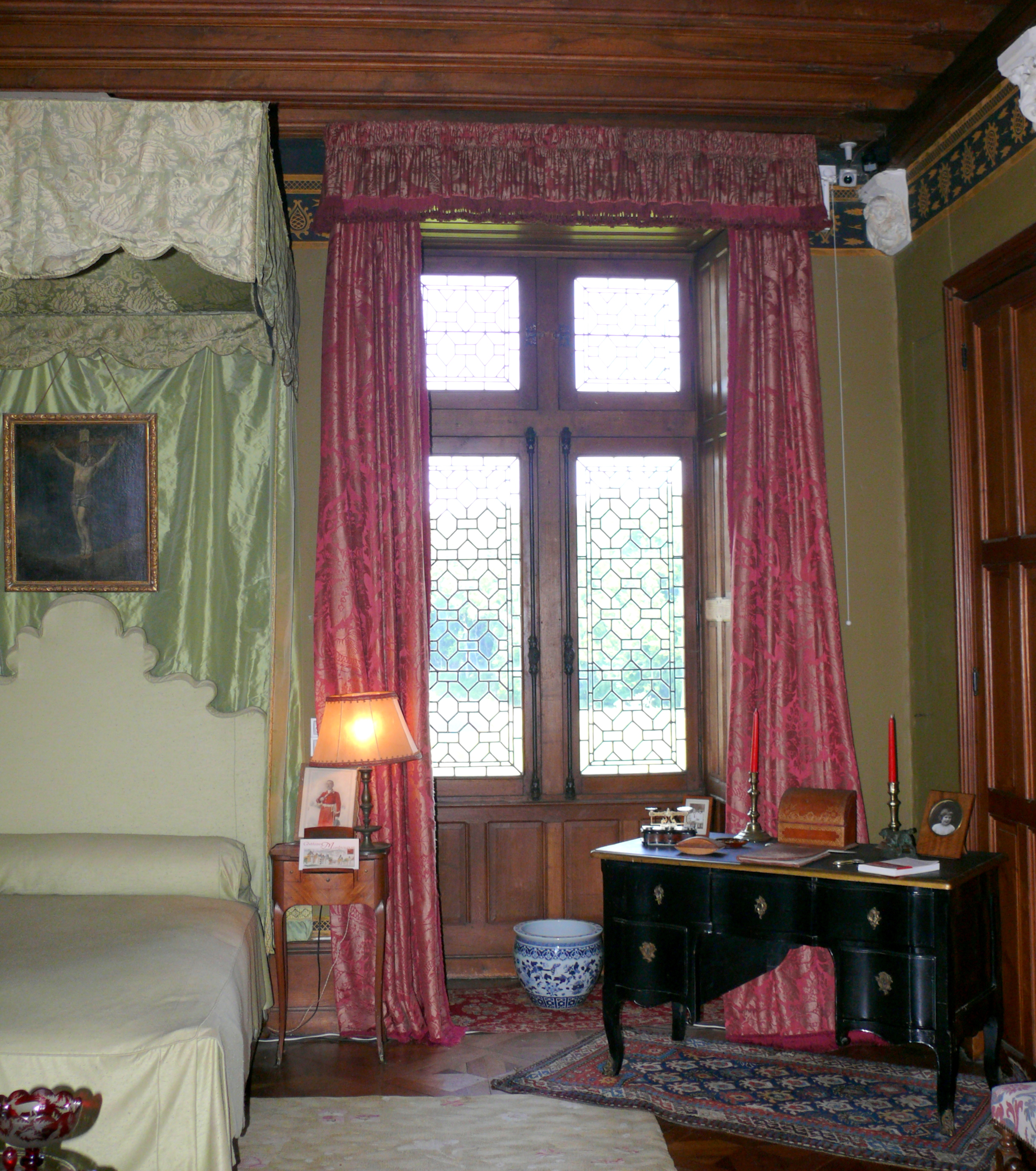
Need a round up? Watch this presentation on my slideshare channel:
[slideshare id=26186693&doc=windowtreatments-130914014607-phpapp01]
Copywrite note: when not stated the source, images are property of L’Essenziale Home Designs. Feel free to use them, but don’t forget to link to the original source.
Want to learn more about various interior styles? Check my “HISTORY OF STYLES” book:
[ebook_store ebook_id=”15760″]


